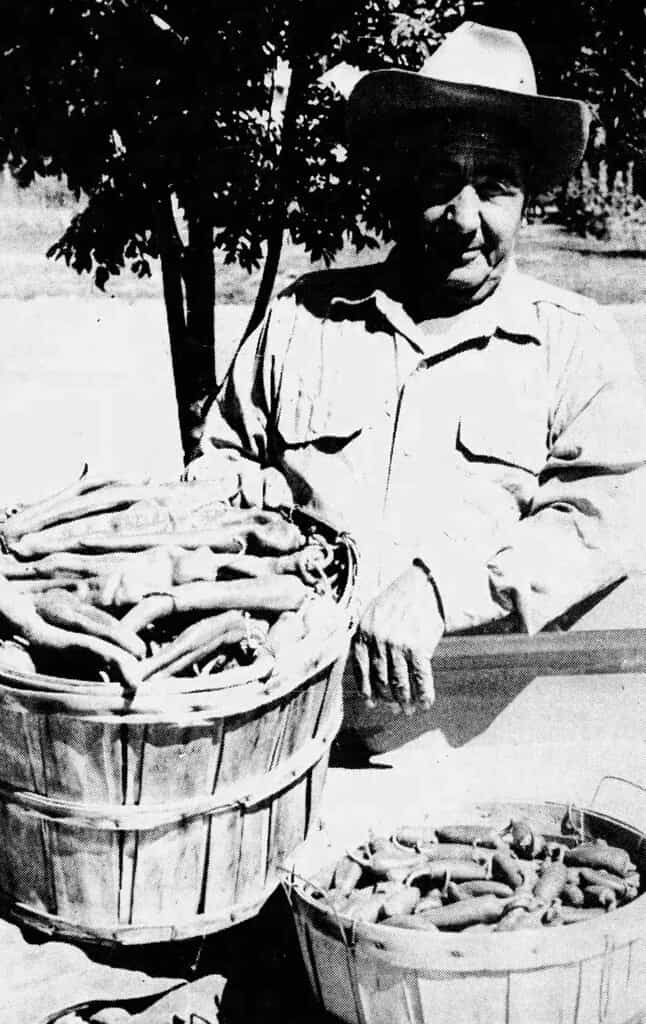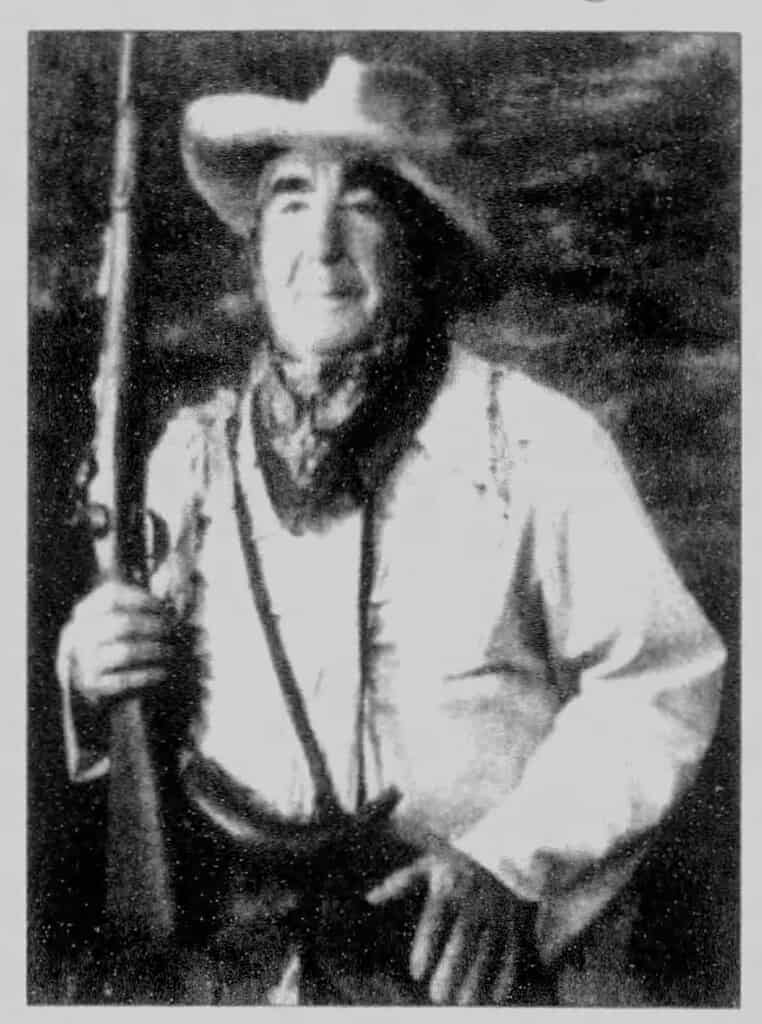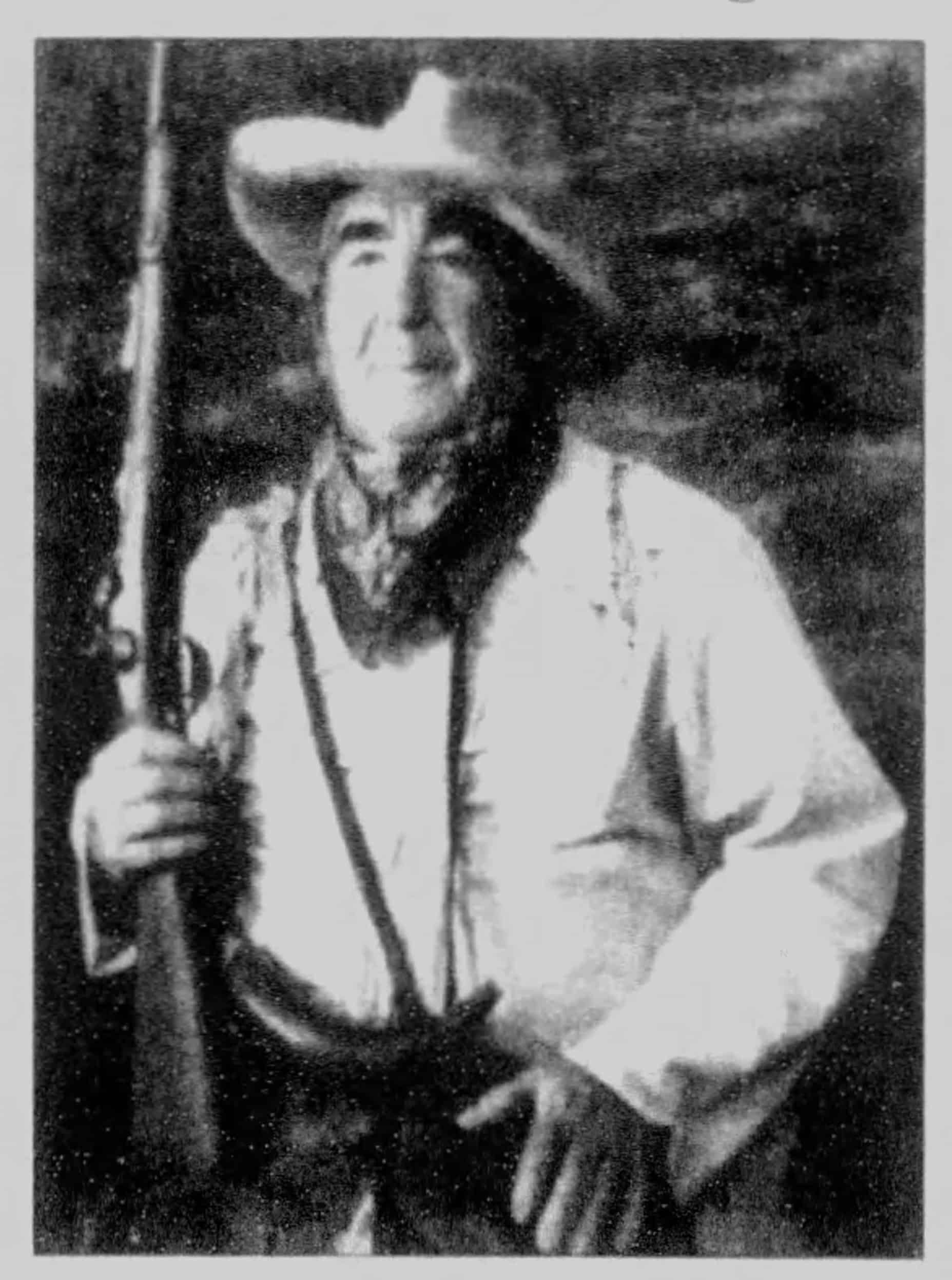Some information may be outdated.

To celebrate Hispanic Heritage Month, a month dedicated to honoring the cultures and contributions of both Hispanic and Latino Americans, the Museum has highlighted Hispanic voices and individuals located in Southeast Utah through pop-up programming in the Museum Gallery. Hispanic history spans many centuries in the Moab Valley, and while we know that many Latinos were critical to farming and livestock operations in the area, there is little information published on specific Hispanic livestock operators, herders, and workers. We do, however, have several accounts of one of Monticello’s most beloved residents and farmers: Cosme Chacon.
Cosme Chacon (May 10, 1913 – August 9, 2003)
Born in Coyote, New Mexico, Cosme Chacon spent much of his life working as a sheepherder in southeastern Utah and western Colorado. When he was 14, Chacon moved to Monticello to work alongside his father herding sheep, kicking off his career and lifestyle surrounded by animals.
An avid gardener and animal lover, Chacon kept peacocks, chickens, turkeys, sheep, goats, and even the occasional deer at his home in Monticello and was known for the delicious green chiles he grew. Chacon sold “outstanding peppers” to customers “as far away as Orem, Farmington, and Grand Junction,” according to The San Juan Record (September 13, 1973). Also an avid reader and writer, he submitted poetry to El Hispano News in Albuquerque, NM.

Chacon had a big family when he passed away in 2003 in Monticello—he left behind 29 grandchildren, 38 great-grandchildren, and 5 great-great-grandchildren. An obituary published in The San Juan Record on August 20, 2003, read: “Cosme’s love for the outdoors and animals continued into his retirement where he maintained a farm at his home in Monticello.”
The Moab Museum is dedicated to sharing stories of the natural and human history of the Moab area. To explore more of Moab’s stories and artifacts, find out about upcoming programs, and become a Member, visit www.moabmuseum.org.
Appreciate the coverage? Help keep local news alive.
Chip in to support the Moab Sun News.





